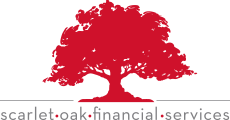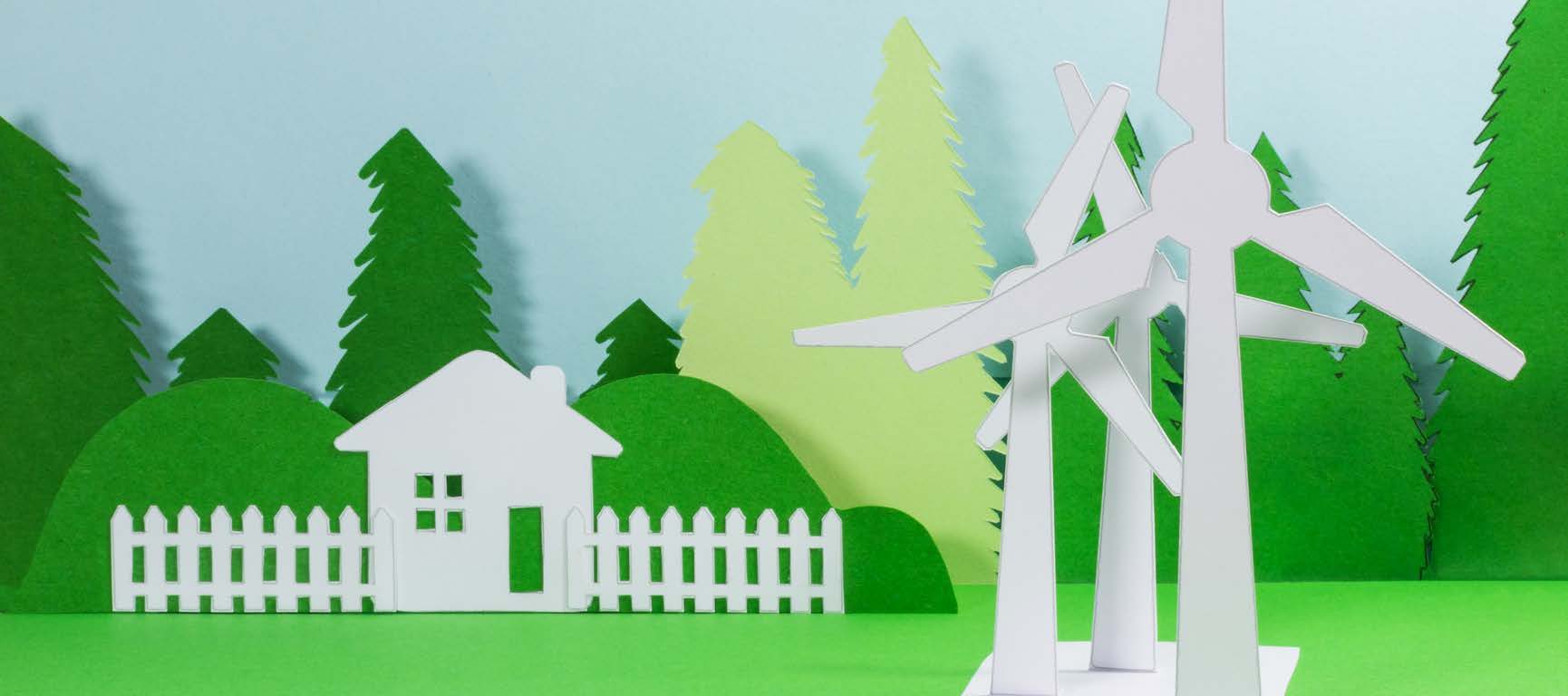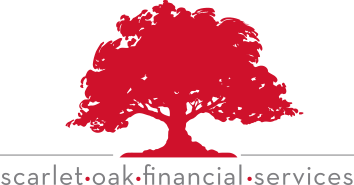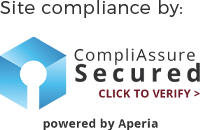Introduction
Previous legislation created and occasionally modified and extended two personal nonrefundable tax credits for home improvements that save energy: the nonbusiness energy property credit and the residential energy-efficient property credit. The Inflation Reduction Act of 2022 has replaced those credits with the energy-efficient home improvement credit and the residential clean energy property credit.
Both credits are available only for the installation of new property. Various energy efficiency requirements must be met to qualify for the credits. The energy efficient home improvement credit is available for qualifying expenditures incurred for an existing home or for an addition to or renovation of an existing home, but not for a newly constructed home. The residential clean energy property credit is available for qualifying expenditures incurred for either an existing home or a newly constructed home. The credits are available only if the home is located in the United States and used as a residence by the taxpayer.
Both the credits are nonrefundable personal tax credits. An unused residential energy efficient property credit can be carried forward to reduce tax liability in future years. An unused energy efficient home improvement credit cannot be carried forward. Both the credits are also available for alternative minimum tax purposes.
Energy Efficient Home Improvement Credit
The amount of the credit is equal to 30% of the sum of amounts paid by the taxpayer for certain qualified expenditures. There are limits on the allowable annual credit and on the amount of credit for certain types of qualified expenditures. The maximum annual credit amount may be up to $3,200.
An annual $1,200 aggregate credit limit applies to all building envelope components, energy property, and home energy audits (30% of costs up to $150 for such audits).
Building envelope components include:
- exterior doors (30% of costs up to $250 per door, up to a total of $500)
- exterior windows and skylights (30% of costs up to $600)
- insulation materials or systems and air sealing materials or systems (30% of costs)
Energy property (30% of costs, including labor, up to $600 for each item) includes:
- central air conditioners
- natural gas, propane, or oil water heaters, furnaces, and hot water boilers
- certain other improvement or replacements installed in connection with building envelope components or other energy property
A separate annual $2,000 aggregate credit limit (30% of costs, including labor) applies to:
- electric or natural gas heat pump water heaters
- electric or natural gas heat pumps
- biomass stoves and boilers
The credit is not available after 2032.
Residential Clean Energy Property Credit
A 30% credit is available for certain qualified expenditures made by a taxpayer for residential clean energy property (including labor costs allocable to such property). This includes expenditures for:
- solar panels
- solar water heaters
- fuel cell property
- wind turbines
- geothermal heat pump property
- battery storage technology
There is no overall dollar limit for this credit. For qualified fuel cell property, there is a general credit limit of $500 for each half-kilowatt of capacity.
The credit is reduced to 26% for property placed in service in 2033, 22% for property placed in service in 2034, and no credit is available after 2034.
Conclusion
The federal tax credits for energy-efficient home improvements can help reduce the financial burden of upgrading your home with qualifying systems or materials. Whether you are improving an existing residence or installing clean energy systems in a newly built home, these credits offer significant savings opportunities. Understanding the limits, eligible items, and timeframes for each credit is essential to maximizing your benefit. If you plan to make energy-conscious improvements in the coming years, these tax incentives can support both your budget and your long-term sustainability goals. Be sure to keep thorough records and consult a tax professional to ensure your eligibility.
Scarlet Oak Financial Services can be reached at 800.871.1219 or contact us here. Click here to sign up for our newsletter with the latest economic news.
Source:
Broadridge Investor Communication Solutions, Inc. prepared this material for use by Scarlet Oak Financial Services.
Broadridge Investor Communication Solutions, Inc. does not provide investment, tax, legal, or retirement advice or recommendations. The information presented here is not specific to any individual’s personal circumstances. To the extent that this material concerns tax matters, it is not intended or written to be used, and cannot be used, by a taxpayer for the purpose of avoiding penalties that may be imposed by law. Each taxpayer should seek independent advice from a tax professional based on individual circumstances. Scarlet Oak Financial Services provide these materials for general information and educational purposes based upon publicly available information from sources believed to be reliable — we cannot assure the accuracy or completeness of these materials. The information in these materials may change at any time and without notice.



